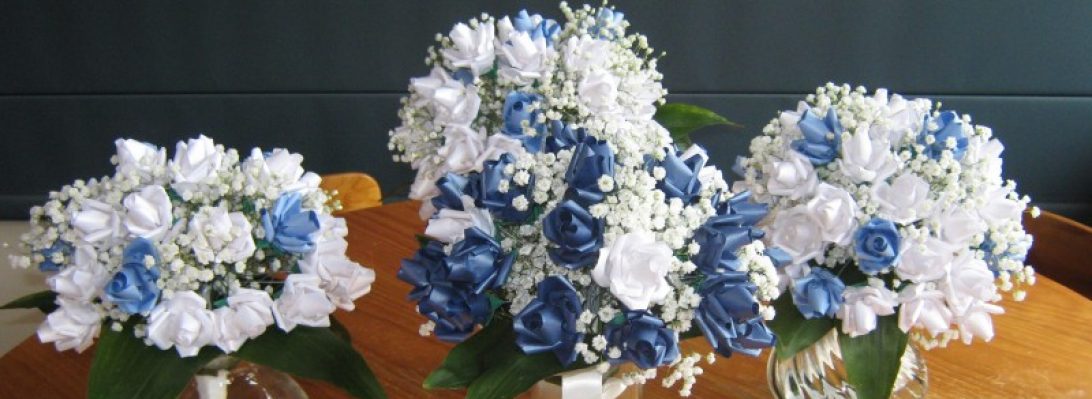Good paper is such a blessing. I took a long-stored square of olive Vietnamese Dó paper and attempted to fold a “Temple Dragon” – got most of the way through and realised the paper was too small/thick to complete it. Rather than bin the model, I carefully unfolded it, ironed it flat and … the paper had a new life:

Folding paper can damage it – wood-fibre-based paper takes damage (I call it paper fatigue) because the folding process can break the fibres along the crease. SOME paper has strong, flexible fibres that bend but mostly do not break, and Dó paper (made from bark of the Rhamnoneuron balansae tree) is astonishingly resilient.

The colour reminded me of something, as a kid, I used to see all the time – green tree frogs. Naturally I returned to Robert Lang’s “Origami Design Secrets” and re-folded his Green Tree Frog – I no longer had in my stored folds a copy of this lovely model so figured it was time.
Continue reading











